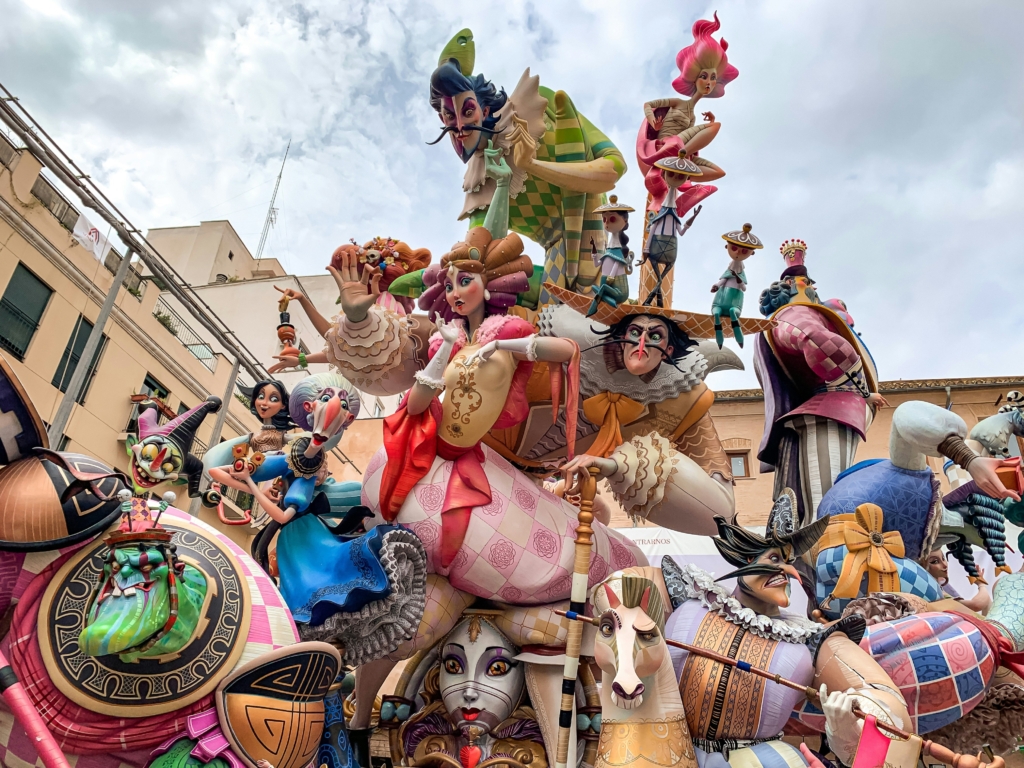
Springtime ushers in a period of growth and rebirth, and mankind has been honoring the season’s arrival since time immemorial. From Europe to Asia to North and South America, from the ancient Hindu celebration of Holi to Amsterdam’s Tulip Festival, cultures around the world have their own traditions and rituals to mark the start of the season. Read on to learn about 10 of the world’s unique springtime celebrations.

According to Bulgarian folklore, Baba Marta is a feisty old woman who only smiles when the sun comes out, which many believe brings an end to the long, cold winter. Bulgarians honor Baba Marta every year on March 1 with the centuries-old tradition of exchanging martenitsi, which are interwoven red-and-white strings meant to bring good health and happiness throughout the year.
The Canadian Tulip festival traces its roots back to Work War II, when the Dutch Royal Family gifted 100,000 tulip bulbs to Canada in a gesture of friendship between the two countries. Today, the Canadian Tulip Festival reigns as the largest in the world, drawing over 700,000 visitors to Ottawa’s Commissioners Park every May to view 1,000,000+ tulips in full bloom.

Aptly nicknamed the “Festival of Colors,” the ancient Hindu celebration of Holi honors the divine love of deities Radha and Krishna – and serves as the unofficial start of spring in India. Every March, revelers celebrate by lighting bonfires, eating sweets, throwing brightly colored powder (called gulal), and dancing to traditional Indian folk music.
The symbolic act of burning sculptures in effigy has long marked the change in seasons in many cultures around the world, and the practice is central to the celebration of Zurich’s Sechseläuten holiday. Observed each year on the third Monday of April, Sechseläuten features parades, music, flags, flowers, and the burning of the Böögg – a snowman sculpture stuffed with explosives – to celebrate the end of winter.
Part of the longer seven-day festival of Haru no Higan, Shunbun no Hi is a Japanese holiday celebrating the vernal equinox. Most Japanese people choose to spend the day with family and friends, with many organizing picnics at renowned cherry blossom viewing spots.
Every year throughout the month of April, people across Thailand celebrate Thai New Year – or Songkran – with block parties, loud music, parades, and even giant water fights. Celebrants collect water in squirt guns, buckets, and anything else they can find before hitting the streets in search of people to soak.
Appointed the “Capital of Spring” by Peru’s congress in 1965, the city of Trujillo has been hosting the annual Trujillo Spring Festival between the end of September and the beginning of October (springtime in South America) since 1950. The festival draws thousands of visitors from around the world to Trujillo every year for parades, Peruvian Paso horse contests, and demonstrations of Peru’s traditional Marinera dance.

Holland’s Tulip Festival ushers in springtime in the Netherlands. Every year between March and May, thousands of visitors from around the world flock to Keukenhof in Amsterdam – Europe’s largest flower garden – to marvel at a never-ending sea of tulips, daffodils, and hyacinths.
The traditional festival of Valborg – held annually on April 30 – kicks off the spring season in Sweden. While regional celebrations may differ slightly across the country, Valborg festivities usually include choral singing, speeches announcing the arrival of springtime, and bonfires – a tradition dating back to at least the early 18th century.

Named for the enormous paper mâché, cardboard, and wooden sculptures depicting politicians and other well-known figures, the annual festival of Fallas occurs between March 15 and March 19 in the Spanish city of Valencia. The event draws over 3,000,000 people every year – more than tripling the everyday population of Valencia – for music, beauty pageants, parades, bullfights, and more, all culminating in the burning of the ninots, or the individual sculptures making up each Fallas.
What’s your favorite way to honor springtime’s arrival? Have you ever experienced any of these celebrations firsthand? If not, it’s never too late – we invite you to ring in springtime in 2025 on one of our small group tours.
By using this website you are agreeing to our Cookie Policy.